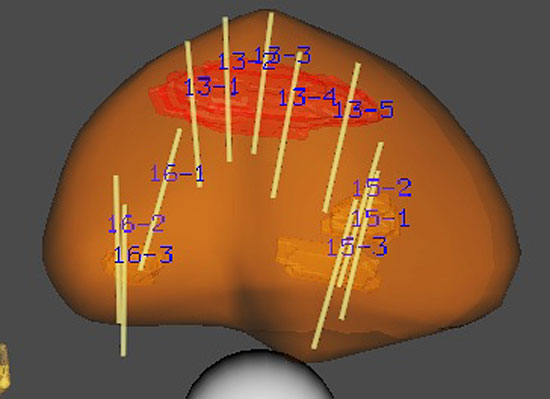A Prostate Biopsy
Can Be Hazardous
to
Your Health - 2023
last updated December 20, 2022
4:11 pm
The prostate biopsy is one of the most senseless and potentially hazardous procedures involved in the diagnosis of prostate cancer.
"Today’s system of analyzing biopsies
can’t reliably tell threatening cancers from harmless ones."
reference: statnews.com
"Thousands of men with prostate cancer get risky treatment they don’t need. New approaches could curb that"
https://www.statnews.com/2017/05/04/prostate-cancer-research-psa/
It has, for a long time, been the standard recommended examination after a Digital Rectal Exam that indicated possible tumor growth.
In The New England Journal of medicine Dr. Fritz Schroder and Dr. Ries Krause from the Erasmus Medical Center in Rotterdam, Netherlands were asked if prostate biopsy really save lives. Their answer was, "No."
Only 1 out 4 was able to even detect cancer. The reason for this is: The way it is performed is: a needle is inserted into the gland. Then, very small sections of tissue are extracted from 6 - 45 different areas within the gland.
But, the needle may not even go where a cancer exists. Some call it the "needle in a haystack search".
A negative finding also does not rule out prostate cancer. So, it is common to find repeat biopsys being performed. And still, any cancer may go undetected.
Prostate Biopsy Increases the Danger
of
Spreading Prostate Cancer
Prostate cancer, in most cases, does not travel. It remains confined to the gland.
If the man actually does have cancer in this gland, a needle biopsy can release cancer cells into the blood stream.
These diseased cells then travel through the body where they can potentially colonize and grow.
The importance of this knowledge is that when a body has a cancerous tumor that is confined (as prostate cancer tumors usually are) you do not want to be breaking them up and sending the cells into a blood stream where the immune system is already unable to destroy mutating cells.
A normally healthy body easily destroys stray cancer cells.
When you really understand what cancer is, you know it is not a localized condition. It is a condition of an impaired immune system. The tumor is really a symptom of the actual disease. It is not the disease itself.
You do not catch cancer like you catch a cold or the flu. This has been repeatedly proven in the 1950s and 1960s when live cancer cells were injected into healthy human subjects. Those injected cells simply could not survive and grow.
Prostate Biopsy
Complications
 prostate biopsy
prostate biopsyImage by Jessedle - Own work, CC BY-SA 3.0, https://commons.wikimedia.org/w/index.php?curid=27283170
No biopsy should ever be considered a "routine" or simple procedure.
Even the US Preventative Services Task Force and The National Cancer Institute are opposed to routine PSA testing (the most widely used test for trying to detect cancer). The reason is, they believe the risks of follow-up tests (needle biopsies) may outweigh the possible benefits.(ref: WebMD May 27, 2003)
A study at the Mayo Clinic shows that of 2,258 prostate biopsies, 17% were associated with at least 1 complication requiring further treatment.
Typical complications include:
- Painful infection
- Bloody semen
- Inability to urinate
- Bleeding rectum
The American Urological Association has a more comprehensive list of Complications from this procedure.
The Alternatives
1 out of 6 men will get prostate cancer. Out of that group only about 1 out of 10 cases is life threatening.
Tumors can be identified by other methods. This includes various imaging techniques such as computed tomography scans, magnetic resonance imaging, and ultrasonograms.
The main interest is in identifying tumors
that are life threatening.
The researchers at the Oregon Health & Science University (OHSU) Cancer Institute and the Portland Veterans Affairs Medical Center (PVAMC) developed a system used to predict whether a deadly prostate cancer tumor is present without using a prostate biopsy.
From the statistics on complications and dangers with the needle biopsy, the OHSU system seems to be the most sane choice.
The OHSU system was presented on May 14, 2005, at the 41st annual
meeting of the American Society for Clinical Oncologists in Orlando,
Fla.
Be Well.....
~ William
|
Does a prostate exam increase your risk of prostate cancer? |
Prostate Ultrasound Imaging is superior to x rays and has no known side effects |














New! Comments
If you'd like to leave me a comment, please use the box below. Thanks! ~ William